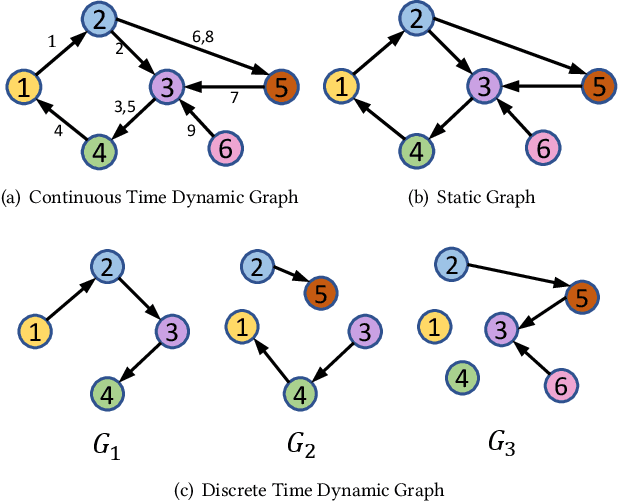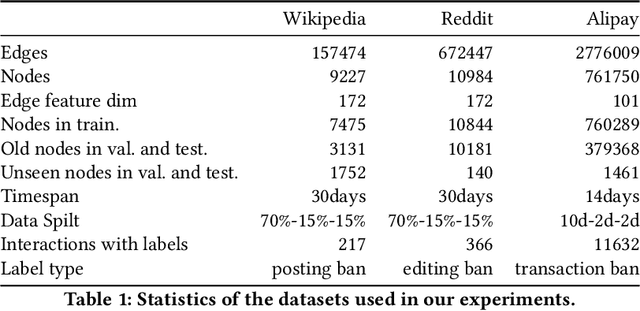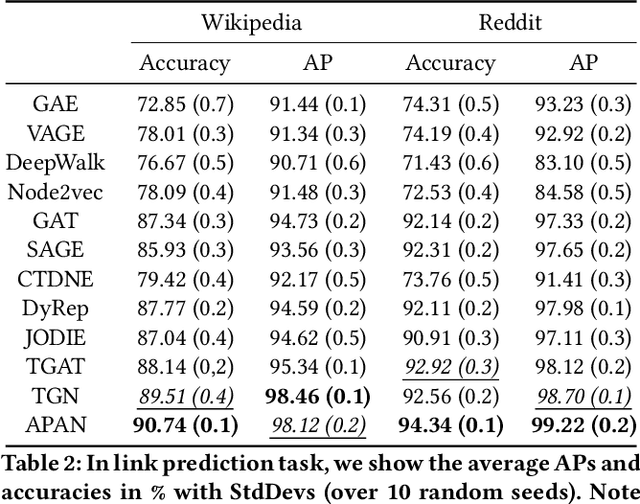Ding Lyu
Investigating and Modeling the Dynamics of Long Ties
Sep 22, 2021



Abstract:Long ties, the social ties that bridge different communities, are widely believed to play crucial roles in spreading novel information in social networks. However, some existing network theories and prediction models indicate that long ties might dissolve quickly or eventually become redundant, thus putting into question the long-term value of long ties. Our empirical analysis of real-world dynamic networks shows that contrary to such reasoning, long ties are more likely to persist than other social ties, and that many of them constantly function as social bridges without being embedded in local networks. Using a novel cost-benefit analysis model combined with machine learning, we show that long ties are highly beneficial, which instinctively motivates people to expend extra effort to maintain them. This partly explains why long ties are more persistent than what has been suggested by many existing theories and models. Overall, our study suggests the need for social interventions that can promote the formation of long ties, such as mixing people with diverse backgrounds.
APAN: Asynchronous Propagation Attention Network for Real-time Temporal Graph Embedding
Dec 16, 2020



Abstract:Limited by the time complexity of querying k-hop neighbors in a graph database, most graph algorithms cannot be deployed online and execute millisecond-level inference. This problem dramatically limits the potential of applying graph algorithms in certain areas, such as financial fraud detection. Therefore, we propose Asynchronous Propagation Attention Network, an asynchronous continuous time dynamic graph algorithm for real-time temporal graph embedding. Traditional graph models usually execute two serial operations: first graph computation and then model inference. We decouple model inference and graph computation step so that the heavy graph query operations will not damage the speed of model inference. Extensive experiments demonstrate that the proposed method can achieve competitive performance and 8.7 times inference speed improvement in the meantime.
 Add to Chrome
Add to Chrome Add to Firefox
Add to Firefox Add to Edge
Add to Edge